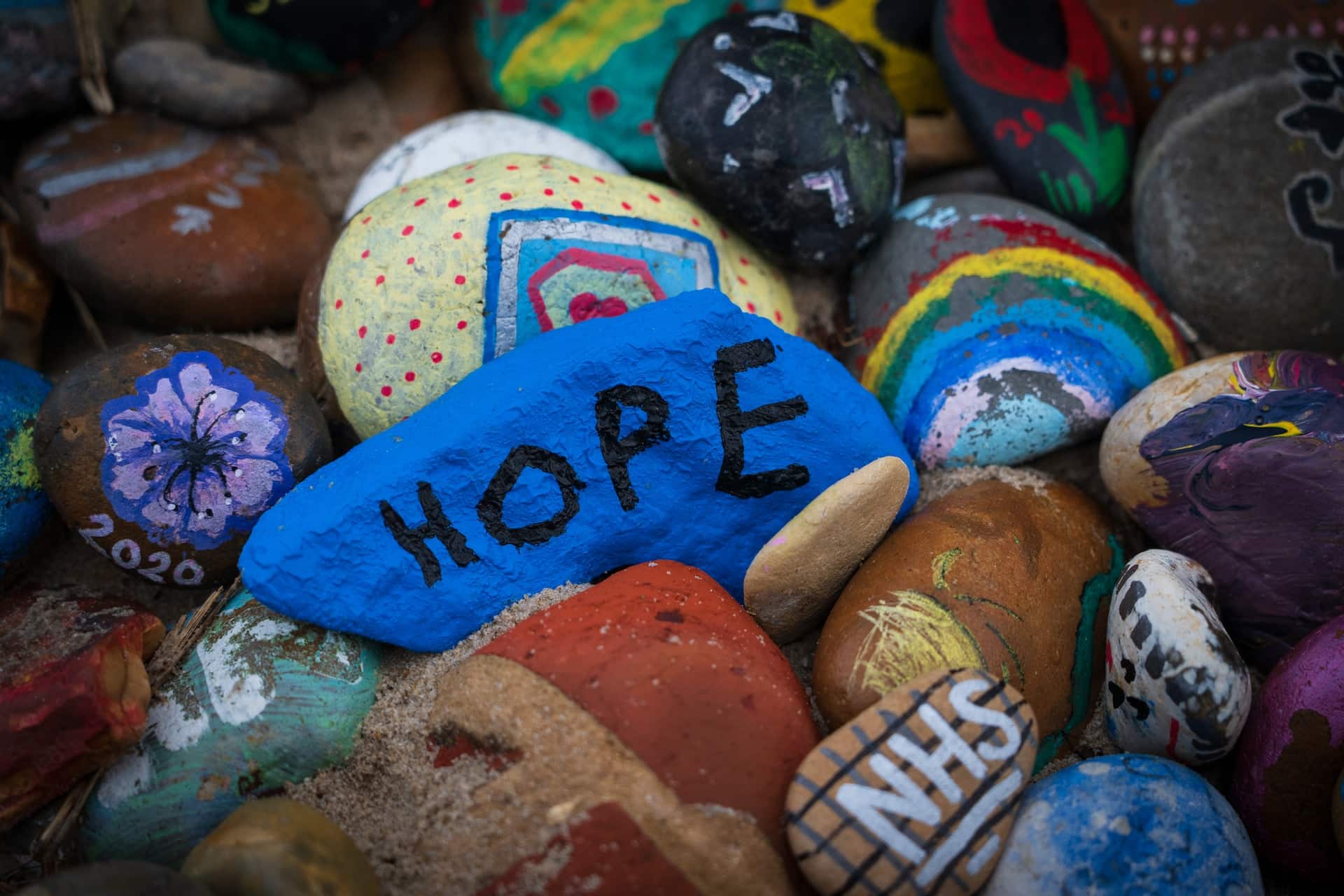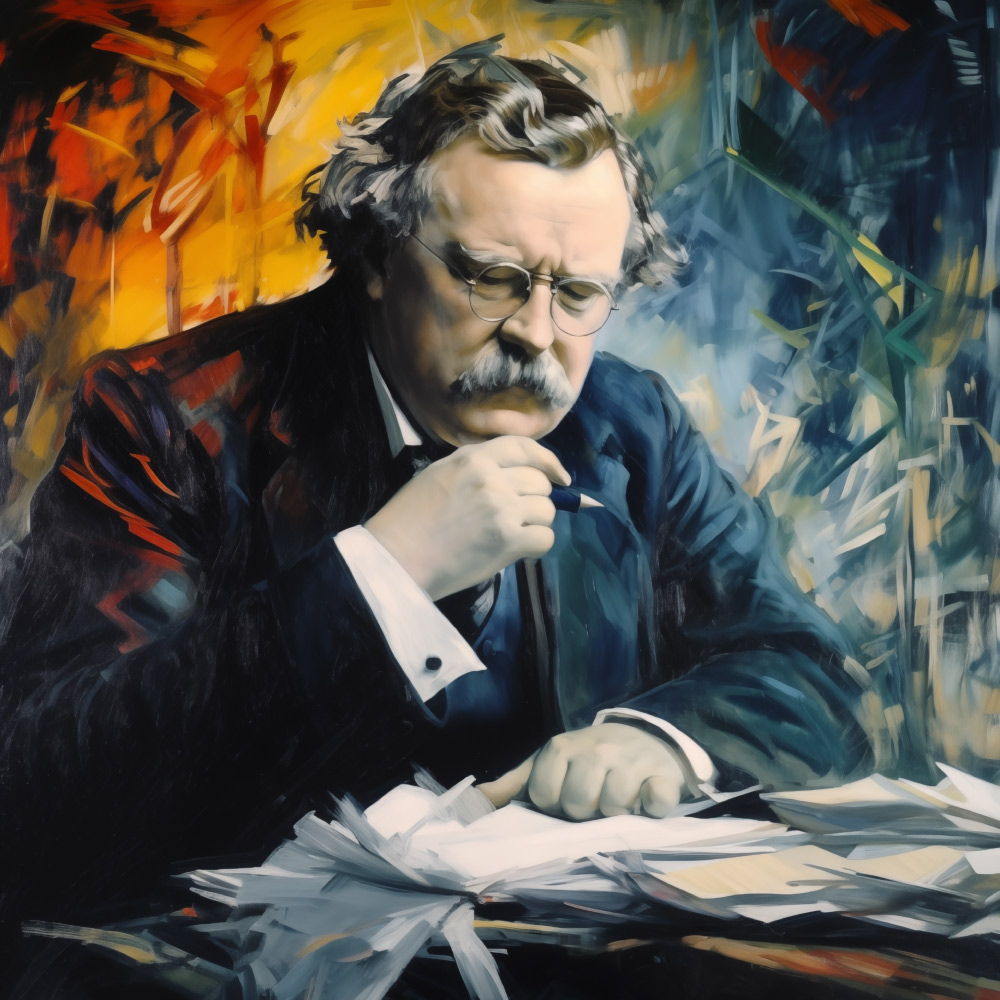
Written by Larry Doornbos /
October 2, 2023
“…there’s an extraordinary wave of depression and anxiety in teens and adults, for example. There was one analysis that said that 44 percent of American 8th, 10th, and 12th graders report feeling, at times, that, quote, ‘my life is not useful.’ Another 48.9 percent said, ‘I do not enjoy life.'”
There is a painful reality in North America—hope is draining away (see one cause in EDWeek or this from JKA Smith). While this reality is true of all age groups, it is particularly true of those who are young. There is a sense that the future is bleak, perhaps even doomed. If there is no future, there is no hope.
The results of this lack of hope are many
- An unwillingness to have children (One comment from a young woman who wants to have a child, “When you confront head-on what scientific models say about the suicidal track we’re on, alongside the political establishment’s completely inadequate efforts to address it, is it okay to decide to bring a new person into this situation?)
- Anxiety and depression
- Fear and conflict
- Anger and distrust
- Grief and despair
If there is no future, there is no hope. Restoring hope, however, is something not quickly done. Indeed, as Gus Speth, an environmental lawyer and scientist, says, it is beyond the realm of science to do this.
“I used to think the top environmental problems were biodiversity loss, ecosystem collapse, and climate change…I thought that with 30 years of good science, we could address those problems. I was wrong. The top environmental problems are selfishness, greed, and apathy…and to deal with those, we need a spiritual and cultural transformation. And we scientists don’t know how to do that. (Quoted in Generation Dread).”
Where do people find a place where hope is in the water?
Our quick answer may be the church, Jesus, or God. However, the church too often adds to a sense of hopelessness with its culture war rhetoric, its unwillingness to listen to the concerns and voices of those struggling, and its own gloom and doom pronouncements. When the church presents Jesus and God to the world, the presentation can too often sound like more bad news and hopelessness rather than the Psalmist’s declaration
“A horse is a vain hope for deliverance; despite all its great strength, it cannot save. But the eyes of the LORD are on those who fear him, on those whose hope is in his unfailing love… We wait in hope for the LORD; he is our help and our shield.” (Psalm 33:17–18, 20 NIV11)
How does the church begin to echo the world and words of the Psalmist that bring hope? How do we speak of a future that has hope? We’ll look at that next time.
For now, music of hope.








